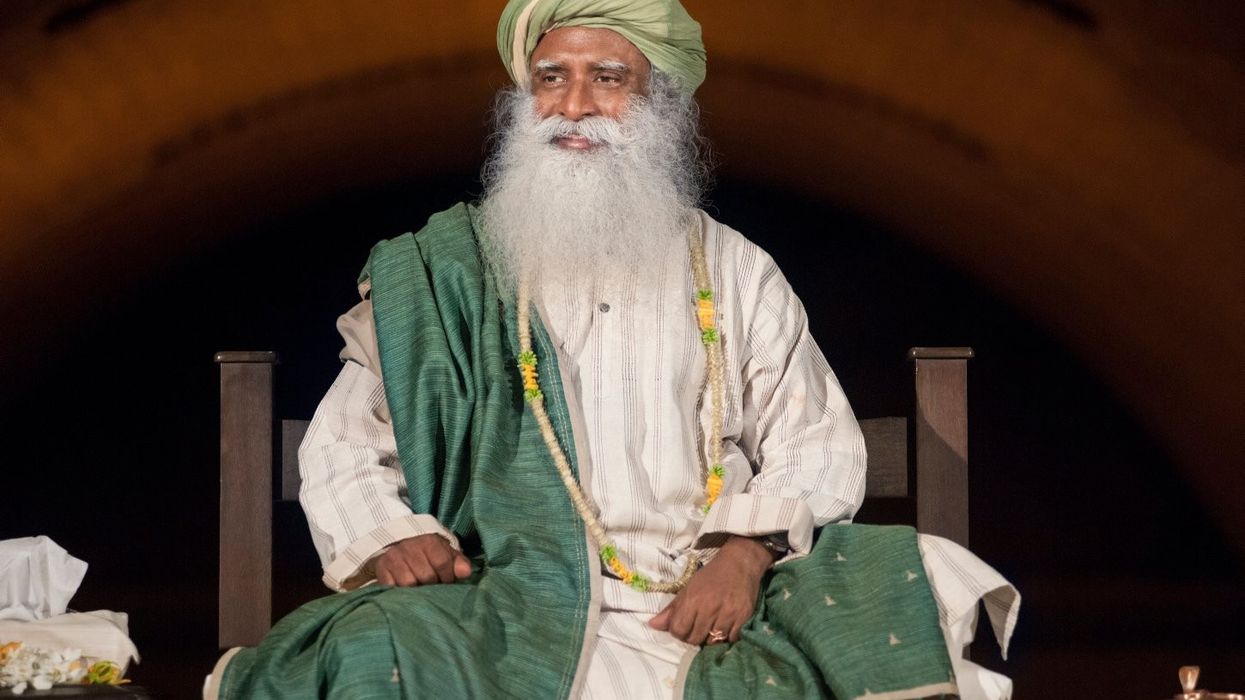SADHGURU: Everyone wants peace in their lives, but their agitated minds do not allow them any peace.
Suppose you lose your peace, naturally, you first have a quarrel with your husband or wife. As it progresses, you go and yell at your neighbor. As it progresses further, you yell at your boss. The day you yell at your boss, everyone knows you need medical help.
Yelling at your husband, wife or neighbor may be perceived as normal in society, because everybody else is doing it too. But yelling at your boss is considered taking it too far.
Now you are in a situation where you have to go to a doctor. He gives you a tablet. Once the tablet goes into your system, you become peaceful – at least for a few hours. When some chemical is put into the system, at the level of the body and mind, agitation leaves and a little peace sets in.
So, peace is a sort of chemistry within the body.
Similarly, every emotion has a type of chemistry.
Whatever the feeling, it will have a corresponding chemical process within the body that will adjust with it. If we are peaceful, a peaceful chemistry is there within it.
Or, if we can create that kind of chemistry within us, automatically, peace is there within us. In yoga, we approach it both ways.
With the right kind of practice, we can bring about a change in our internal chemistry and bring it to a particular level, so that whatever be the situation, we will be in peace always.
Right now, your peace is a slave to the external situation. If the situation is conducive to you, you remain in peace. If the situation is not okay for you, there is a problem. Only when your peace is not enslaved to the external situation, and your inner self remains the same no matter what the external situation is, then we can call it yoga.
In other words, you can say yoga is the science of creating the right kind of chemistry.
If you have the right kind of chemistry, being peaceful and joyful is the only way – it cannot be any other way.
To be peaceful and joyful is not the end of life, it is the beginning of life.
If you are not peaceful, if you are caught up in your mental nonsense, you have not started living yet. Being peaceful or joyful is the most basic requirement.
Even if you want to enjoy your breakfast or dinner, you must be peaceful. If you are agitated, can you enjoy your dinner? No. Being peaceful is the very beginning.
But today, people go about propagating that the highest dimension of one’s life is to have peace of mind.
Unfortunately, because large populations of the world have not made this beginning, there are people propagating it as if it was the ultimate in life. It is so unfortunate the so called spiritual people are going about telling people that to be peaceful is the ultimate. To be peaceful is the most fundamental thing.
This is not enlightenment or god. This is the “A” of life, not the “Z” of life.
n Ranked among the 50 most influential people in India, Sadhguru is a yogi, mystic, visionary and a New York Times bestselling author. He was conferred the Padma Vibhushan by the Indian government in 2017, the highest annual civilian award, accorded for exceptional and distinguished service. He is also the founder of the world’s largest people’s movement, Conscious Planet – Save Soil, which has touched more than 3.9 billion people.












